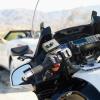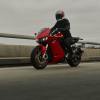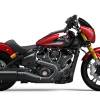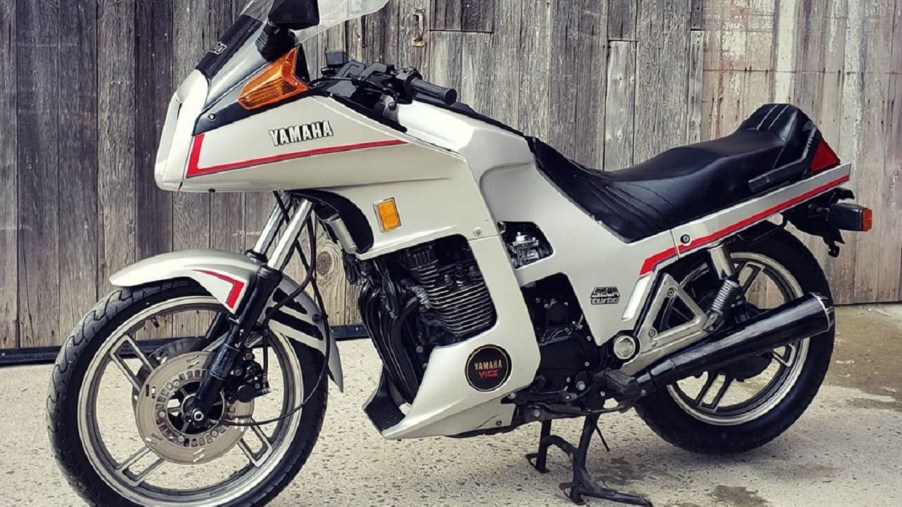
Yamaha Is Getting Back Into Turbocharged Bikes
High-RPM redlines and more cylinders are usually how motorcycle companies increase performance. But Yamaha is going to use something that, while common in cars, isn’t really seen in bikes: forced-induction. Not a supercharger, like on the Kawasaki Ninja H2, though. Instead, Yamaha is re-introducing turbocharging to its motorcycle lineup.
The Yamaha turbocharged bike news
Performance isn’t the only reason why Yamaha is planning a range of turbocharged bikes, Autoblog reports.
Turbos let engines make more power while theoretically—if not always actually—improving efficiency and emissions. And at the start of 2020, the EU’s new Euro 5 emissions regulations took effect. It’s these tougher regulations that killed the Suzuki Hayabusa outside the US.
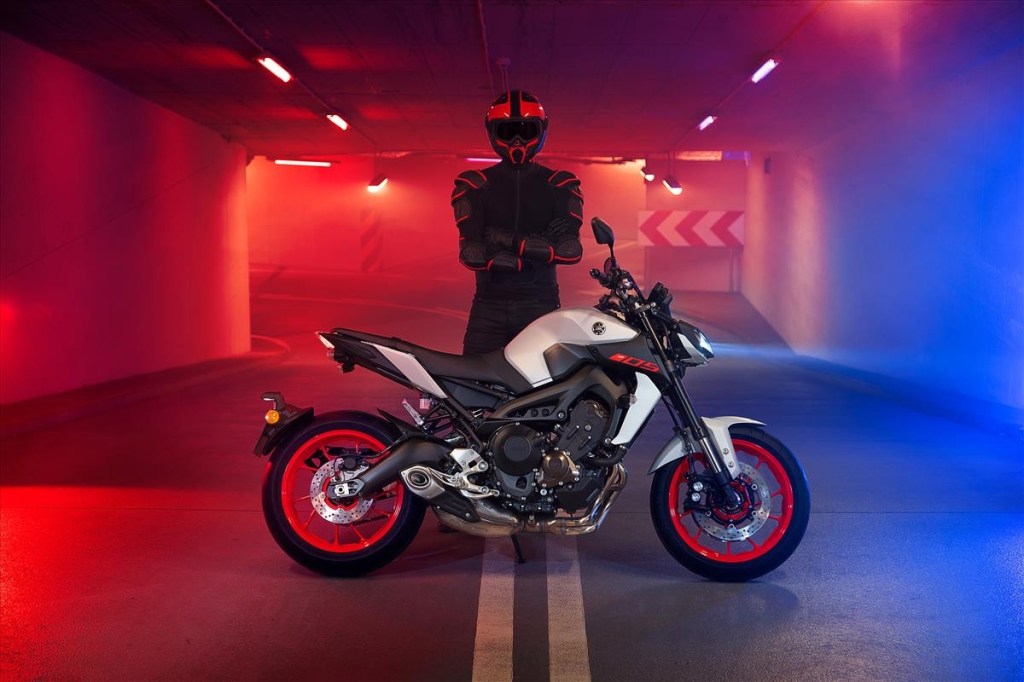
Yamaha, like every other motorcycle company, has known about these regulations for some time. In fact, these turbocharged bikes have been in development since at least 2017, Motorcycle News reports. Yamaha even released a patent in 2019, Cycle World reports, detailing an MT-09-based turbocharged engine.
But as of this writing, Yamaha hasn’t revealed which bikes will receive turbos. Or if it’ll make brand-new motorcycles around the technology. However, it wouldn’t be the first time the Japanese company dabbled in it.
Yamaha has some history with turbocharged bikes
Yamaha, along with Kawasaki, Honda, and Suzuki all released turbocharged bikes in the 1980s, Motorcyclist reports. Technically, Kawasaki released one in 1978, but it was a US-only dealer-installed kit.
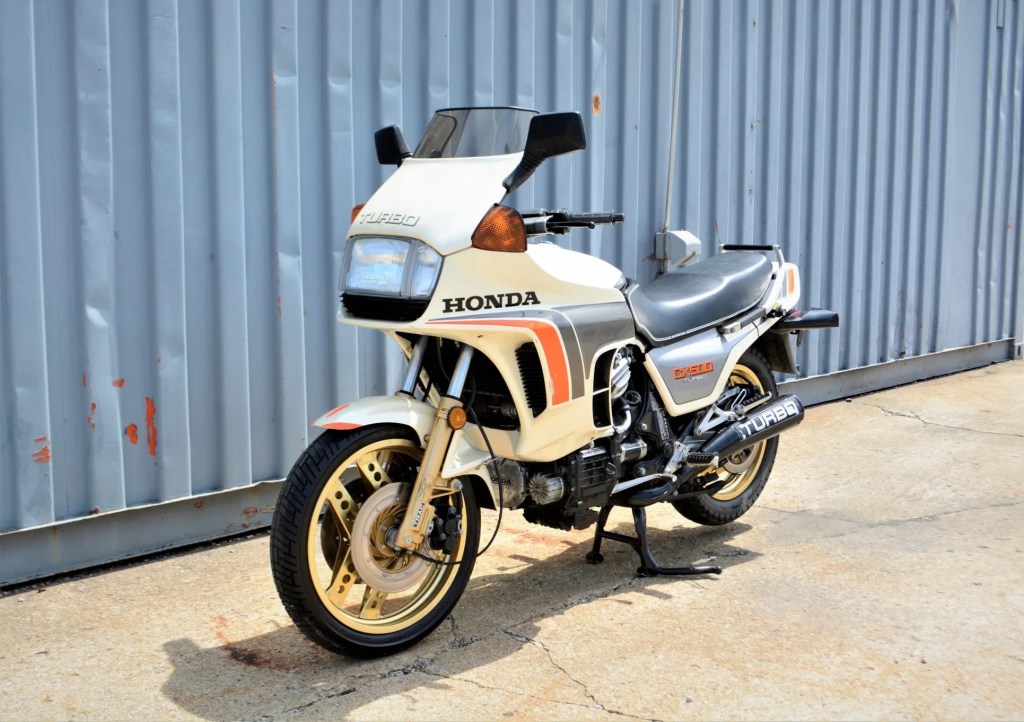
The first production turbocharged motorcycle from the factory was the shaft-driven 1982 Honda CX500 Turbo, Bennetts reports. For the time, it was fairly advanced, Biker & Bike reports. It had air adjustable forks, digital ignition, and electronic fuel injection—the first Honda bike to get it.
The Turbo used the base CX500’s 497cc V-twin, but forced-induction raised output from 50 hp to 82, Motorcycle Classics reports. The later 1983 CX650 Turbo used a 673cc turbocharged V-twin that delivered 100 hp. However, due to poor sales, it was canceled after 1983.
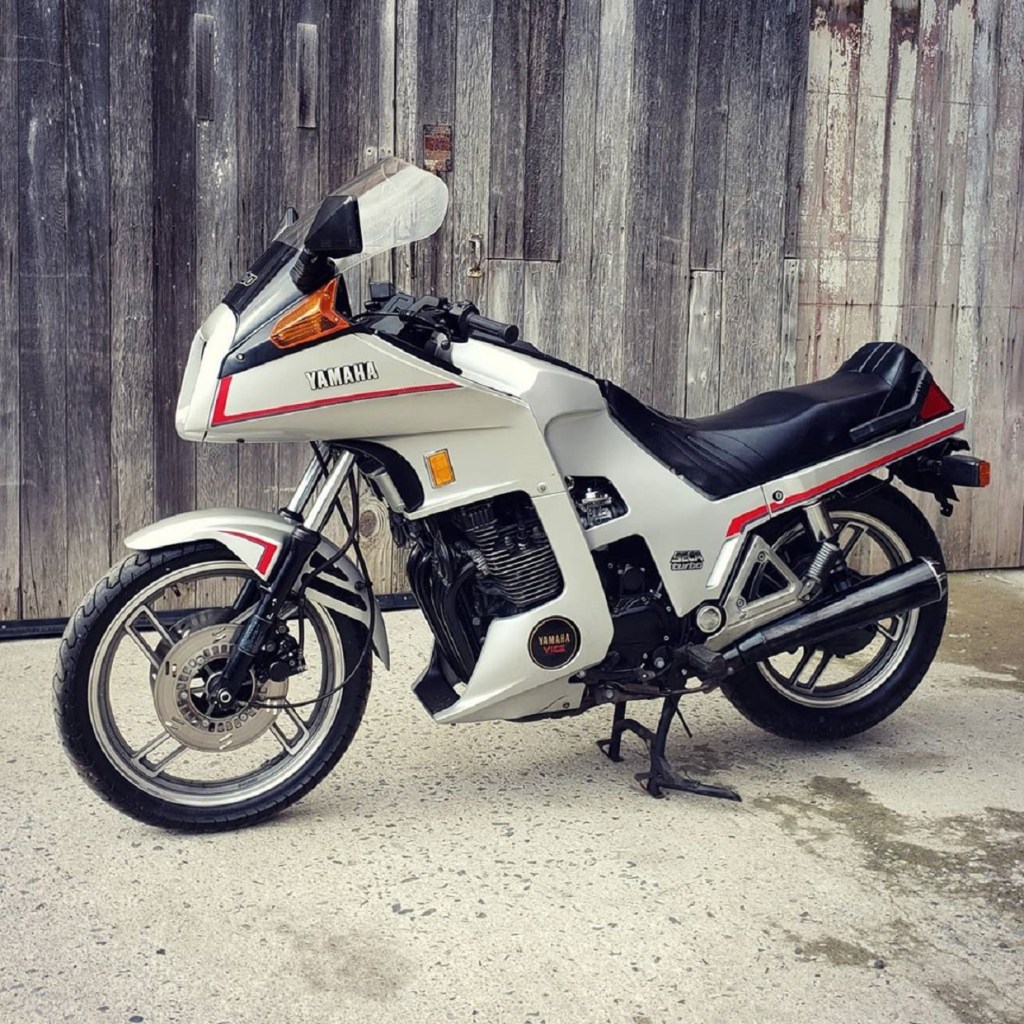
1982 also saw Yamaha’s first production turbocharged motorcycle, the shaft-driven XJ650 Seca Turbo. It had an air-cooled 650cc four-cylinder, with the turbo boosting output to 85 hp. It was about 10-15 mph faster than the base bike, Bonhams reports. However, like the Honda CX500 Turbo, it didn’t sell well, likely due, somewhat ironically, to a relative lack of performance.
Adding a turbo didn’t just increase horsepower, Bike-urious reports, but also weight. Turbos need dedicated oil plumbing and intercoolers to manage wear and heat. Essentially, these turbocharged bikes had 750cc power, but 1000cc weight. Then there was the turbo lag. A sudden burst of power in a corner, and you could completely lose control. It was bad enough in a car like the original 911 Turbo, but it could be worse on a bike.
The 80s turbo swan-song came in the shape of the Kawasaki GPz750 Turbo, RideApart reports. Its 738cc turbocharged four-cylinder put out 112 hp and gave a top speed of 145 mph. And a ¼-mile time of 10.7 seconds makes it quick even by modern standards, Motorcycle.com reports. Though its brakes and suspension design are decidedly dated.
Will other bike companies join in?
Today, turbochargers are significantly more efficient, compact, and responsive than they were in the 80s. New designs, like dual-scrolls, make for smoother, broader powerbands. Not to mention the improvements in reliability. Plus, with modern traction and stability control systems, lag-induced wheelspin isn’t as big of an issue.
As of this writing, though, Yamaha appears to be the only Japanese motorcycle company to be working on turbochargers. But that doesn’t mean the others are staying idle in the face of the Euro5 emissions. Kawasaki, for example, has been working on hybrid motorcycles, Cycle World reports. Not to mention its manual-equipped electric bike.
MCN points out that adding turbos wouldn’t just boost output, but do so for less investment than other engine technologies. So, Yamaha might have a financial motivating factor to add to the historical and environmental ones. Not to mention the wow factor of seeing ‘Turbo’ zip down the street.
Follow more updates from MotorBiscuit on our Facebook page.
